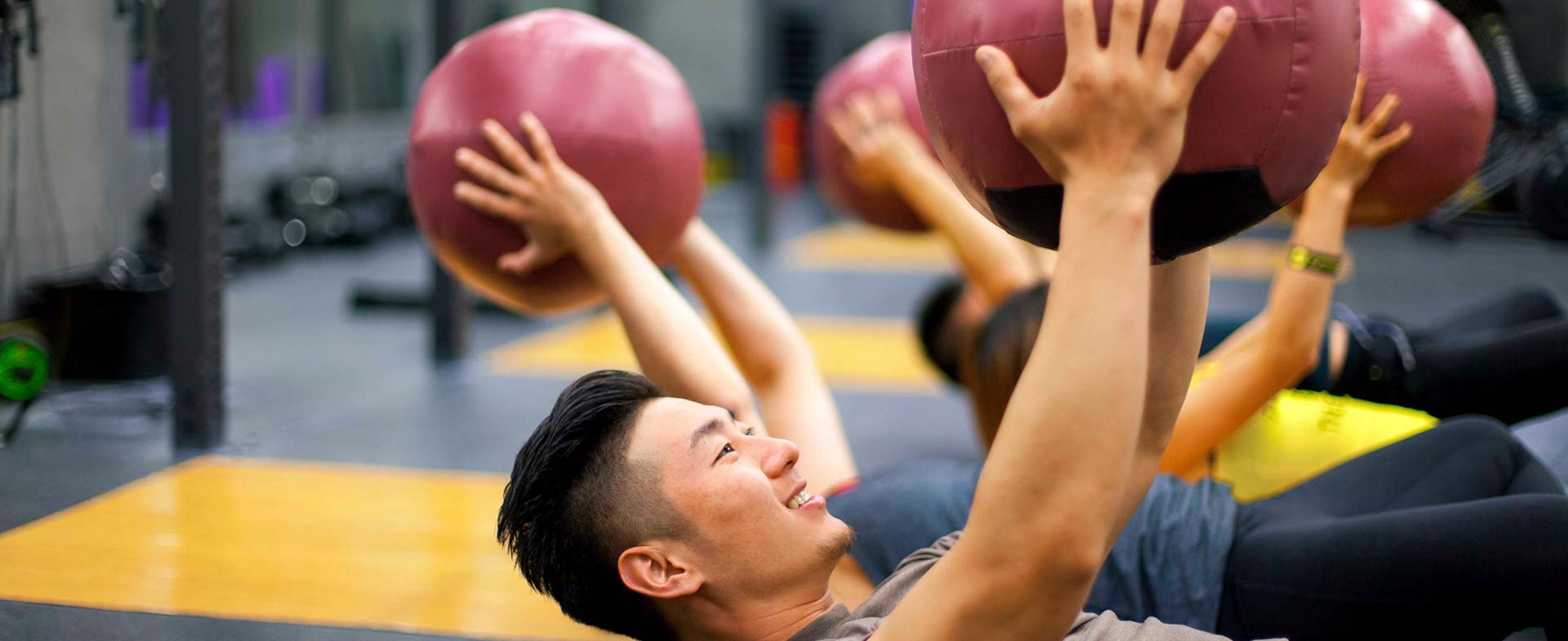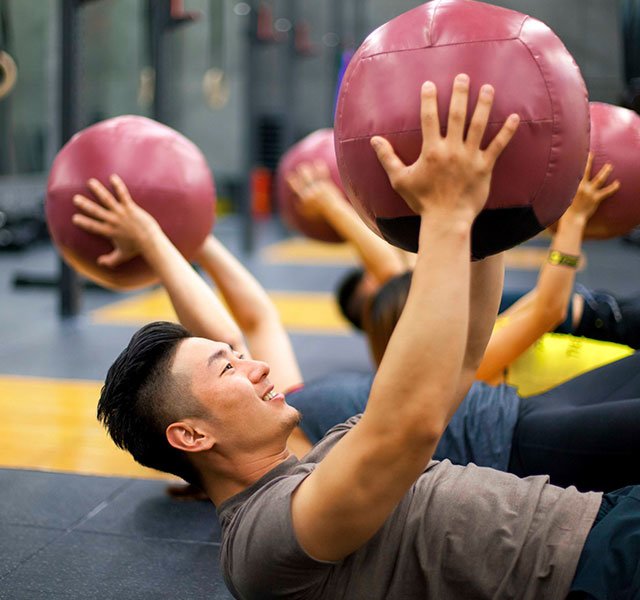From the ThighMaster to Buns of Steel videos to step aerobics, most workout trends and tools come and go with the times. But for years, one piece of equipment has remained popular with athletes, physical therapists, trainers and other fitness professionals: the medicine ball.
They’re pretty similar to old-school balls that were stitched together around some sort of weighted material. Modern medicine balls come in a variety of sizes, shapes and weights and they can be filled with air, gel, sand or other materials.
Medicine Ball Pros and Cons
Medicine balls are cheap, easy to use and easy to store. They offer additional resistance to strengthen and tone targeted muscles. Of course, they’re also heavy and cumbersome. They may even increase your risk of injury if you use them incorrectly.
Here, Parkinson breaks down the pros and cons of these popular workout balls:
The Pros:
- Availability: You can find them at the gym, or purchase one in your local sporting goods store and at online retailers for home use.
- Challenge: Medicine balls allow you to add more strength to a variety of exercises, allowing you the option to up your game. Hold one in your hands while performing squats, lunges or core exercises, or throw one against a wall to develop the ability to better generate power.
- Core Strengthening: Controlling the motion of the ball during a slam, hold or other move requires you to tighten your core muscles. During a slam — where you slam the ball against a hard surface — you have to contract your hip flexors, abdominals and obliques through a full range of motion. That’s always a good thing, especially for athletes.
The Cons:
- Weight: Depending on how you use it, the heft of the ball can be either a pro or a con. When it comes to transporting equipment, though, heavy medicine balls aren’t as easy as jump ropes or resistance bands.
- Versatility: Medicine balls work best when you have a training goal in mind. They help generate power in a variety of muscle groups, but they’re not as versatile as free weights, kettlebells or resistance bands.
- Technique: It’s easy to get injured if you use a medicine ball incorrectly. Even a chest pass can be painful when a heavy ball comes flying back at you. If you want to benefit from working with a medicine ball, you have to activate the muscles in your core and upper extremities.
A Cautionary Note
Whether you’re using a ball for added static weight or throwing it in an extension toss over your head or against the wall, be mindful of your core muscles — and watch the weight of the ball.
“Purchase a weight that will challenge you appropriately,” Parkinson says. “Some people think more weight is better, but I encourage people to err on the side of too light so they can really concentrate on technique.”
Get on the Ball
When you’re purchasing a medicine ball, consider what you want to do with it. The best ball to use for added weight may be different from the top choice to toss or slam. A standard ball that bounces back is different than a slam ball that stops when you throw it.
Not sure where to start? Consider meeting with a fitness professional for a few sessions. They can help you select the best ball for your unique goals.
Once you have the right ball in hand, start simple. Hold the ball while doing basic exercises, such as squats, lunges and sit-ups. Throw it against the wall and catch it as it comes back. If you’re an injured athlete, you can do weight exercises while down on one or both knees.
To find an athletic trainer at Henry Ford, visit henryford.com or call 1-800-HENRYFORD (436-7936).



